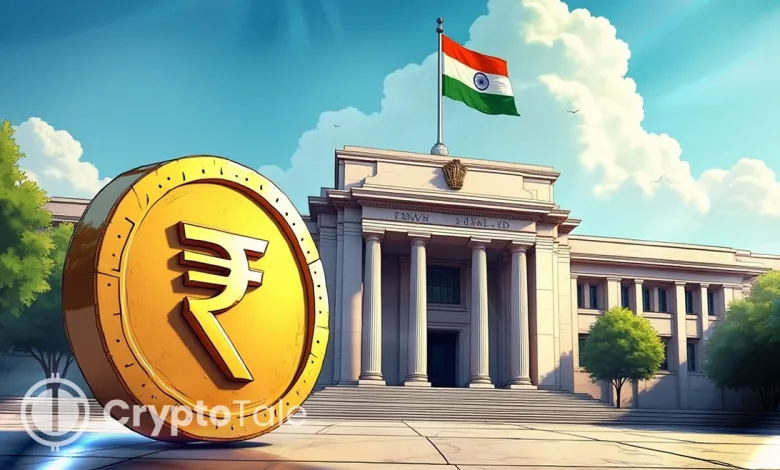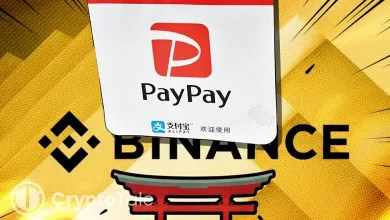Piyush Goyal Confirms RBI Digital Currency Rollout Plan

- India to launch an RBI-backed digital rupee using blockchain for faster payments.
- Goyal confirms support for digital innovation while limiting unregulated crypto risks.
- The move positions India among nations with secure and strict financial oversight.
India is preparing to launch a blockchain-based digital currency backed by the Reserve Bank of India, marking a pivotal step in the country’s digital financial journey. Speaking in Doha, Commerce Minister Piyush Goyal confirmed that the initiative aims to provide faster, safer transactions, signaling the government’s readiness to enter the global central bank digital currency space. Yet, he reaffirmed India’s firm stance against unregulated assets such as Bitcoin, warning that they pose risks without sovereign or asset backing.
India’s Dual Path: Innovation and Caution
During his address, Goyal clarified that while India has not banned cryptocurrencies, they are heavily taxed to discourage risky investments lacking government safeguards. He said, “We have not been encouraging cryptocurrency, which does not have sovereign backing or which is not backed by assets.”
The new Digital Rupee, he explained, will function like traditional currency but rely on blockchain for efficiency and traceability. The system will facilitate faster settlement and prevent illegal activities during any digital transaction, from initiation to the culmination of payables, through the blockchain network.
India’s approach aims to strike a balance between fostering digital innovation and maintaining checks and controls. Most countries, in fact, are exploring central bank digital currencies. India, in contrast, can boast that it already has a well-functioning system in place, with the UPI platform, which has changed the face of digital payments across the country.
From Pilot Phase to Policy Ambition
The E-rupee program has passed its pilot phase in India, but it has not been widely adopted. The retail transactions decreased following the early peaks, and this means that ordinary consumers have no strong reason to use it repeatedly. The latest remarks by Goyal might indicate a new initiative to increase the number of such pilots to additional banks and fintech collaborations.
He also addressed international events, such as the U.S. GENIUS Act, which could put the digital currency of India on par with foreign, regulated stablecoin systems. The existence of such a linkage indicates that the CBDC in India can be a rival or complementary paradigm to the global stablecoin programs.
Related: India’s Forward Approach Toward Regulating Stablecoins
Challenges Ahead for the Digital Rupee
Actually, despite all the promises, many challenges remain. Public faith in digital currency is still in its infancy, with many users hesitant due to the lack of clear benefits. Also, the digital rupee will have to be made compatible with existing methods of payment, such as UPI, while giving complete assurance on data privacy for its implementation.
India’s early CBDC experiments demonstrated a lack of consumer engagement, as few real-world use cases were available beyond demonstration exercises. Analysts argue that mass-scale digital currency adoption would require in-depth public education and seamless integration with everyday commerce.
The government appears aware of the global momentum in digital finance. Stablecoins and tokenized assets are reshaping monetary systems, and India aims to keep pace. Through the Digital Rupee, the RBI could provide a bridge between traditional finance and emerging digital assets, balancing security, regulation, and innovation.





